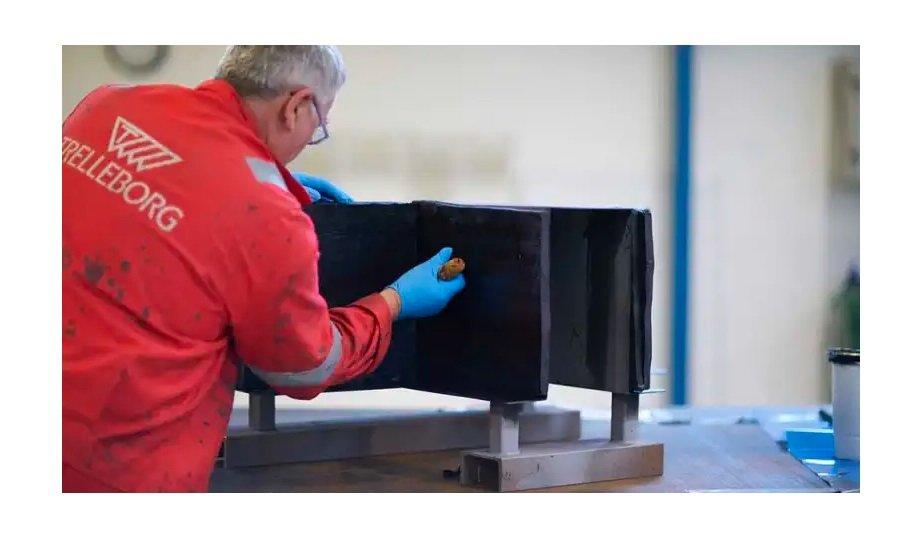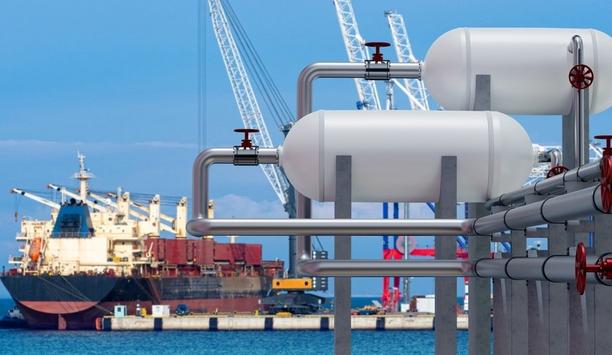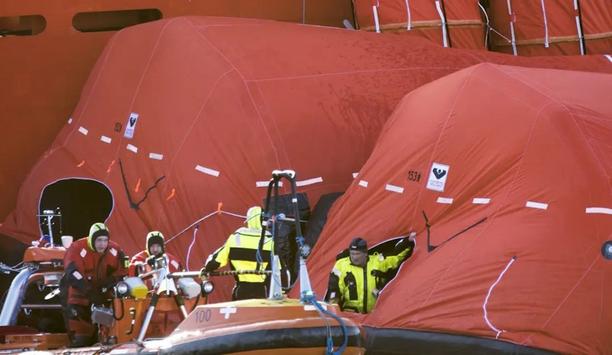Trelleborg’s offshore operation in Norway has been awarded a contract by Randaberg Industries AS, to provide Vikotherm® R3 thermal insulation for the 10-inch VFS-2 spool skid to be installed on the Hod Field Development Project, located on the Norwegian Continental Shelf in the North Sea.
This collaboration between Trelleborg, Randaberg Industries AS and Subsea 7, is the first contract for the application of Trelleborg’s Vikotherm® R3 material on pipeline spool field joints. Trelleborg’s Vikotherm® R3 material will insulate 13 pipeline spool field joints, protecting the welded joints from seawater corrosion and damage. It will also lower heat loss to ensure the pipeline spool temperature is maintained, providing flow assurance to reduce the likelihood of production stoppage.
Pipeline spool temperature
Eirik Simonsen, R&D Manager at Trelleborg’s offshore operation in Norway, says: “We are very proud to have been awarded the first order for Vikotherm® R3 from Randaberg Industries AS. As the material does not require a mould and is vulcanised using heating blankets, Vikotherm® R3 is quick and easy to apply by hand onsite at a customer’s facility without large equipment or ovens to carry out the application.”
This is the first instance of Vikotherm® R3 used to protect pipeline spool field joints"
Elisabeth Fjeldstad, Proposal Manager at Trelleborg’s offshore operation in Norway, says: “This is the first instance of Vikotherm® R3 used to protect pipeline spool field joints. The short application period of the material allows our customers to quickly assemble the pipeline structure with minimal delays during the coating process. The pipe joints can be coated onsite by Trelleborg, reducing timescales and speeding up the coating process.”
Thermal insulation material
Vikotherm® R3 is the latest generation of thermal insulation material, engineered for unlimited water depth capability and increased temperature performance up to +180 OC. This high-performance subsea thermal insulation material is flexible with excellent adhesion. The material requires minimal up-front engineering and design while offering fast application.
The Hod field is Iocated in the southernmost part of the Norwegian Continental Shelf and is operated by Aker BP ASA. It was first discovered in 1974 with first oil in 1990, however, it stopped producing in 2012. The redevelopment of the Hod field now includes installation of a new NUI (Normally Unmanned Installation) named Hod B, production and gas lift pipelines and umbilical tied-back to Valhall. The offshore work will take place Q3 & Q4 2021.












